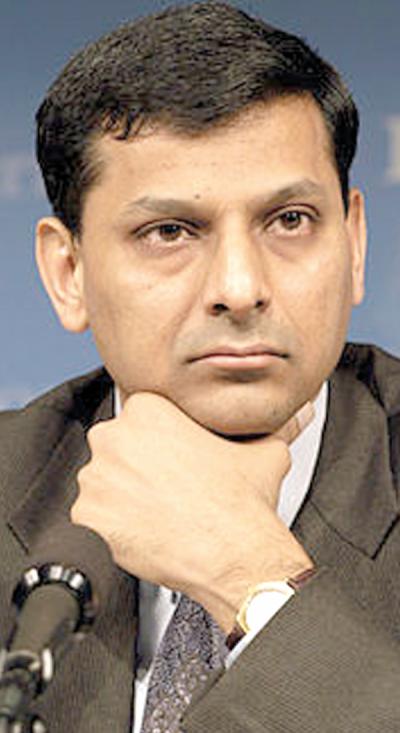Widely known for having predicted the 2008 financial crisis and winner of the 2013 Deutsche Bank Prize in Financial Economics, Raghuram Rajan, the new Governor of the Reserve Bank of India has a first priority task, that of reviving the sliding Indian Rupee at a time of weakening global markets and a surge in increase of crude oil prices which may further widen the Indian current account deficit. His achievements to date has raised above-par expectations of a rapid recovery of the Indian economy which is facing its first major crisis since the early nineteen-ninety’s with a record largest monthly depreciation of more than ten percent against the dollar in the month of August.
Rajan, with strong credentials such as the youngest Chief Economist of the International Monetary Fund, attracted world-wide media attention on his appointment. From Catherine Chatignoux’s ‘Auxgrands maux les grands remèdes, un economiste de haut niveau pour le RBI’ in France’s daily financial newspaper Les Echos, to James Crabtree’s ‘a vital figure in the fight to stem economic turmoil’ in the Financial Times, there have been wide consensus that because of his deep knowledge of the global financial system, Rajan was the right man to address the challenge of restoring confidence in the Indian currency and preserving its purchasing power.
Rajan, a former University of Chicago Finance Professor and an expert of the US credit system, graduated from the Indian Institute of Technology, Delhi and he is one of the few Indian policy makers with a PhD in Finance from MIT. His academic contributions include several publications with many of them having more than 2000 “citations”, a relatively high number achieved only by strongly influential papers of lasting value. He has published research articles in Finance’s topmost academic journals which include the Journal of Finance, the Review of Financial Studies and the Journal of Financial Economics.
His 2005 National Bureau of Economic Research Working paper ‘Has Financial Developments Made the World Riskier‘ is well-known for having hinted for the 2008 financial crisis. In the paper, Rajan argued that a drawback to the financial developments which have made it easier for firms and households to have greater access to finance is the inducement of financial tail risks widely spread throughout the economy and shared by strangers across the globe. The latter arising because of the need for banks to hedge the major part of the risk by trading in financial markets.
Rajan presented his paper before an audience of prominent policy makers in a symposium to celebrate the legacy of Alan Greenspan, a former chairman of the US Federal Reserve. Rajan’s research findings were dismissed at that time by Lawrence Summers, a former US Secretary of Treasury under President Bill Clinton and currently a front runner to become the new chairman of the US Fed. Events occurring subsequently showed that Rajan was right in his paper and in the Financial Times and Goldman Sachs 2010 Business prize winning book ‘Fault Lines : How Hidden Fractures Still Threaten the World Economy’, he gave an account of serious flaws in the economy which needed to be fixed in order to avoid a potentially more severe crisis.
Other works of Rajan include a 2005 Journal of Finance paper where Rajan and another famous economist Douglas Diamond of the University of Chicago develop a model of a bank with illiquid assets and they examine whether bank failures can start and propagate systemic crises. They conclude that bank failures can be contagious due to liquidity shortages and solvency problems. In another work published in 2012 in the Journal of Political Economy, Rajan and Diamond develop an interest rate model where intervention by central banks in periods of illiquidity and financial fragility may be better than various other alternatives. However, they conclude that ‘anticipation of persistently low short term interest rates can lead to socially excessive short term leverage’ and they mention that their model could be a low interest rate explanation of the US subprime crisis.
Rajan is due to present his First Monetary Policy Framework as Governor on 20 September 2013, but some of the measures already have a positive impact on the Indian Rupee.
Raghuram Rajan – A Distinguished Academic at the Helm of the Reserve Bank of India
- Publicité -
EN CONTINU ↻


